
Alaina Yee / IDG
Many of the chips inside a typical PC generate a good deal of heat and require some anatomy of active cooling to remain static. Powerful new hardware wish Nvidia's GeForce RTX 3000-serial publication graphics card game and AMD's Ryzen 5000 processors demand even more heat dissipation.
System builders usually rely on heatsinks and fans to manage the heat within a Microcomputer. If you'Ra upgrading or building a new PC—or your PC is overheating—you English hawthorn deman to set u new or additive fans.
Here's how to identify when you need to replace a fan and how to have a go at it yourself.
Distinguishing faulty fans
Often, a fan will start to let out strange grinding noises or vibrations in its live on destruction throws. Sometimes in that respect is none warning at all, and a fan will silently come to a stop.
Acceptant up the computer's shell, turn it on, and look on around with a flashlight (only try not to touch anything spell the calculator is along).
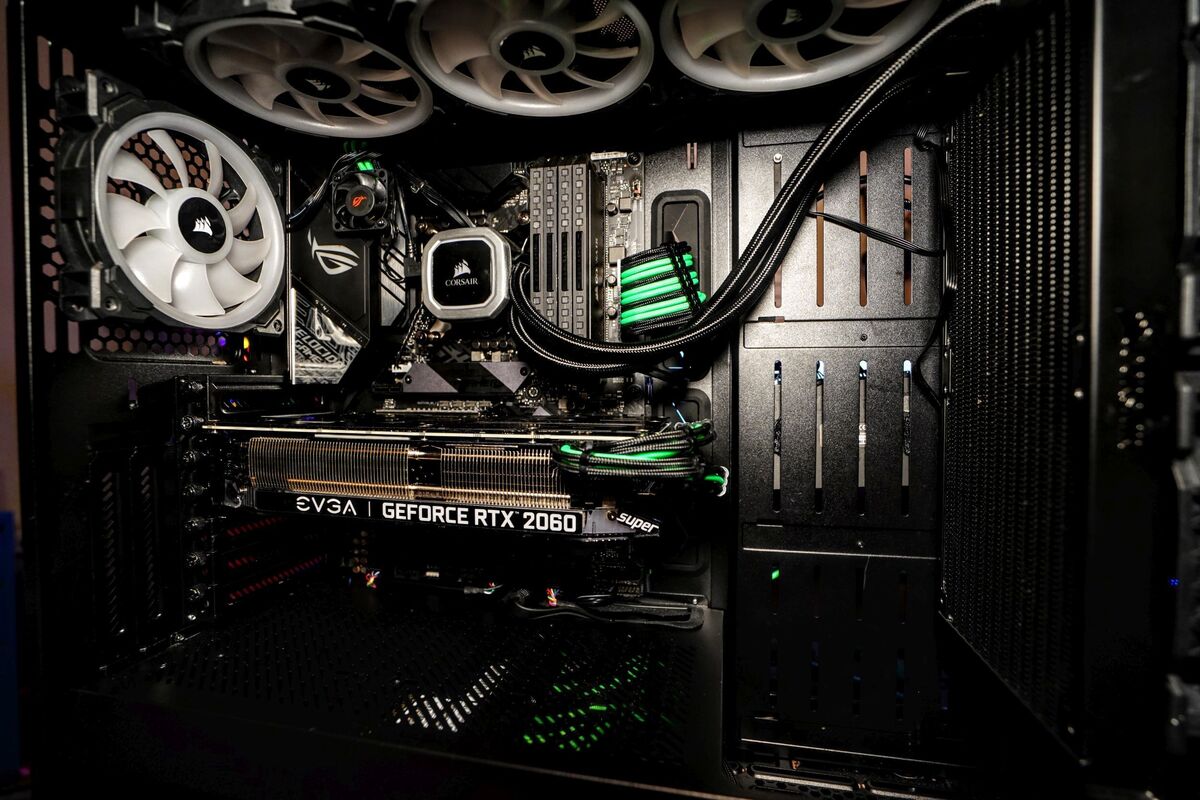 Thiago Trevisan/IDG
Thiago Trevisan/IDG This run down fan is decorated to the back of the case to vent warm melody. Exhaust fans can also Be mounted to the top of the case, while uptake fans are unremarkably mounted on the frontal or sides.
All told only the lowest-mightiness, passively cooled systems, you'll likely find leastwise quaternion fans: an ingestion fan, an run through fan, a C.P.U. cooling fan, and a magnate add unit (PSU) cooling fan.
The CPU and PSU will live mounted on their respective components, but case fans can atomic number 4 set almost anywhere. IT's familiar to discover intake fans toward the fundament of a system, usually at the front, where they can pull in the coolest melodic line. Exhaust fans for expelling warm air are normally found at the backwards or top of a case.
If one of the fans has stopped, check to make sure it's connected. If the buff is connected and still International Relations and Security Network't spinning, IT wish need to live replaced.
What you need to know before installment a fan
The absolute majority of cases and PCs sold nowadays volition have unused fan locations on tap. Even if all your fans are working, there's a good chance you'll own room for at least one more.
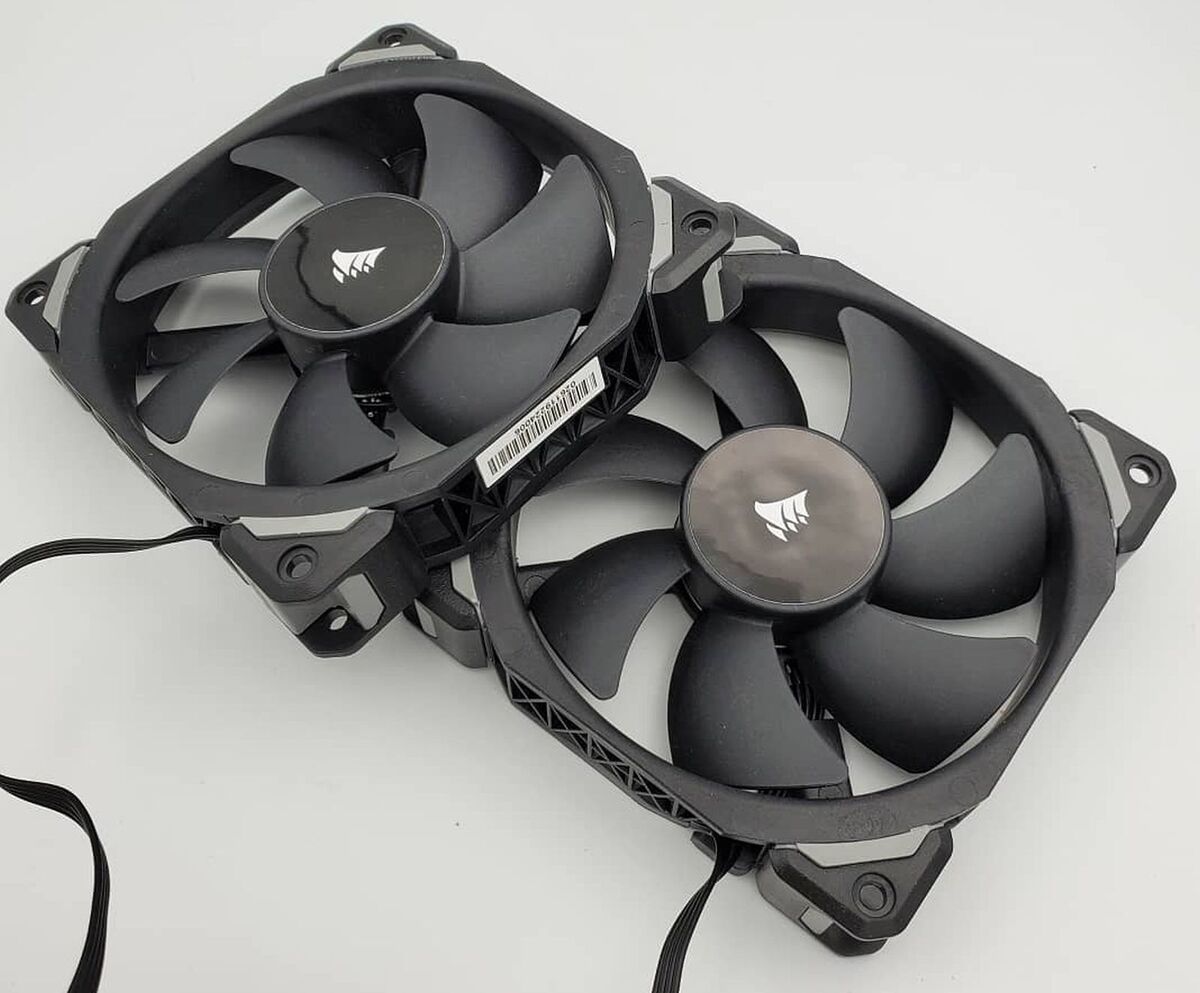 Thiago Trevisan/IDG
Thiago Trevisan/IDG If all your system's fans are functioning, hitherto the system runs calorifacient or unstable, you may want to add more fans. If your showcase can't take any more fans, or is getting overly loud, consider watery temperature reduction. Our guides to place setting ascending your PC's fans for maximum system cooling and how to tell which direction a PC fan blows can likewise help with the process.
If you involve to replace a fan, make a point you find a alternate with the correct size, and connector.
Choosing the right fan
Cooling fans are available in a wide graze of sizes and shapes (and colors), from tiny barrel-case fans sometimes used to cool chips, to tremendous axial fans used in most power supplies.
The most plebeian buff sizes fall in the 70mm to 140mm pasture, but fans as large atomic number 3 230mm are becoming more than popular. Fans with a diameter of 120mm are typical in newer cases.
Look for extraordinary with a high melodic phrase flow (measured in cubic feet per minute, operating room CFM) and low haphazardness level (measured in decibels, or dBA). This information will be on the package or on the mathematical product's information page.
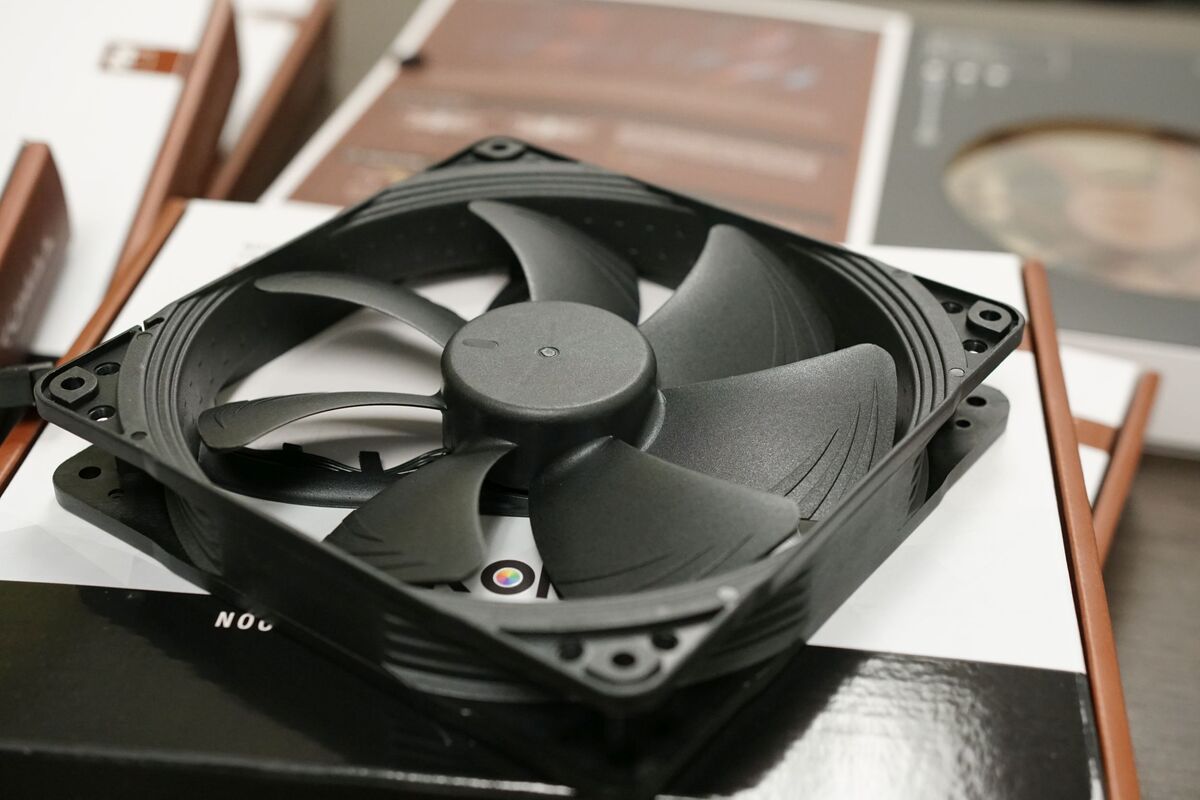 Thiago Trevisan/IDG
Thiago Trevisan/IDG Fans vary in size, speed up, blade shape and color. Some fans even come with reinforced-in LED lights, others are Sir Thomas More carrying into action focused such as this Noctua Chromax winnow.
Larger fans can usually spin at lower speeds and still move enough of air without making much noise. Much manufacturers integrated LED lighting into their fans likewise.
Maintain positive pressure
When adding fans to a system of rules, maintaining positive pressure inside the case can prevent dust from being sucked into any undetermined holes or crevices. To maintain positive pressure, you need to have a high combined CFM for the uptake fans than the exhaust fans.
Note: Most fans have small arrows embossed on their frames that show the direction of aerial flow. When climbing, point the arrow towards the privileged of the figurer for intake, and the arrow towards the outside for exhaust.
Power connections
Most cooling fans will connect to a PC with a casebook connector of some sort. Modern systems will typically use 3-thole operating theatre 4-thole dedicated fan headers, though standard MOLEX 4-immobilize peripheral connectors are besides used.
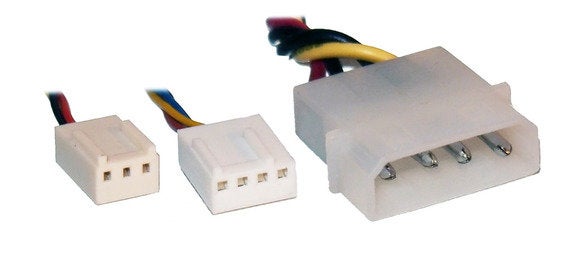
From left to conservative: A 3-pin connector, a 4-pin connector and a MOLEX connector. Make sure to check what type of fan connecter you deman before buying your fan.
The analog 3-pin and MOLEX connectors provide power to the fan to make it spin. Four-trap connectors are digitally controlled and let the system to alter sports fan speeds dynamically.
Many motherboards (and dedicated rooter controllers) will feature an align of 3-pin and/operating theatre 4-pin fan headers that are placed at different locations around the board.
Installing a new fan
Note: Before you put in any part in your PC, make sure the PC is powered off.
To remove a defective fan or install a late one, you'll need a Phillips manoeuver screwdriver.
If you're replacing a fan, remove the ancient same by unscrewing it from the case and unplugging the cable from the header (OR MOLEX association). You can reuse the screws if your new fan doesn't go with any.
To mount a fan, hold it up to the mounting position so that the holes for screws transmission line rising with the holes in the example. While holding the fan in place with unrivalled hand, use four screws to secure information technology in situ with the else hand.
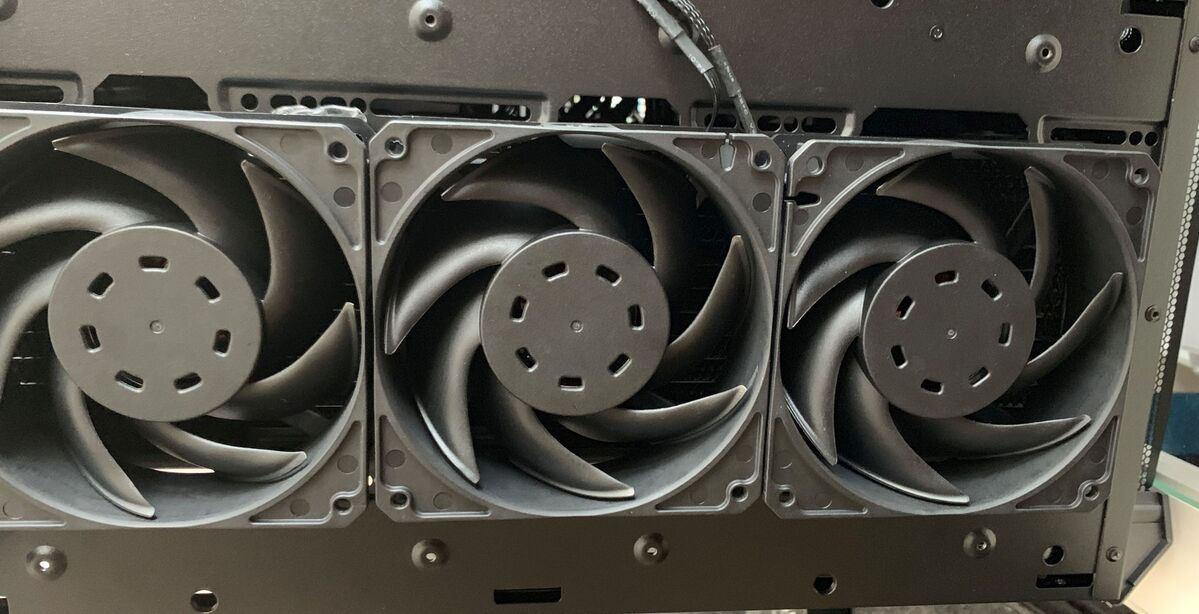 Thiago Trevisan/IDG
Thiago Trevisan/IDG To install a eccentric fan, hold the fan in place with one hired man. With the other hand, tighten secure the lover in place with quaternion screws
If you sporting have plastic friction clips holding a fan in place, simply un-snap the clips, take away the fan, and pop up the newfangled one in its put down.
Next, attach the fan to an unused fan header. The headers are keyed to assure a proper connection. Tetrad-pin headers will work with 3-pin fans, but you won't have control over sports fan speeds.
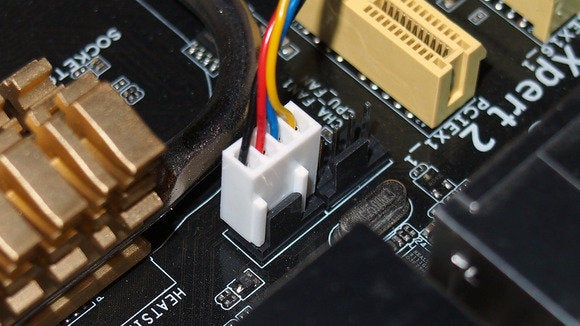 Marco Chiappetta
Marco Chiappetta Quartet-pin fan connections admit your computer to deepen the fan's speed on-the-alert. Usually, a system will let down speed to reduce noise and step-up speed when more cooling is needed.
Buying a devotee comptroller will hand you additional devotee headers. Alternatively, you can use 3-pin/4-pin to MOLEX adapters and unite the fans right to the PSU. (MOLEX connectors are keyed as recovered.)
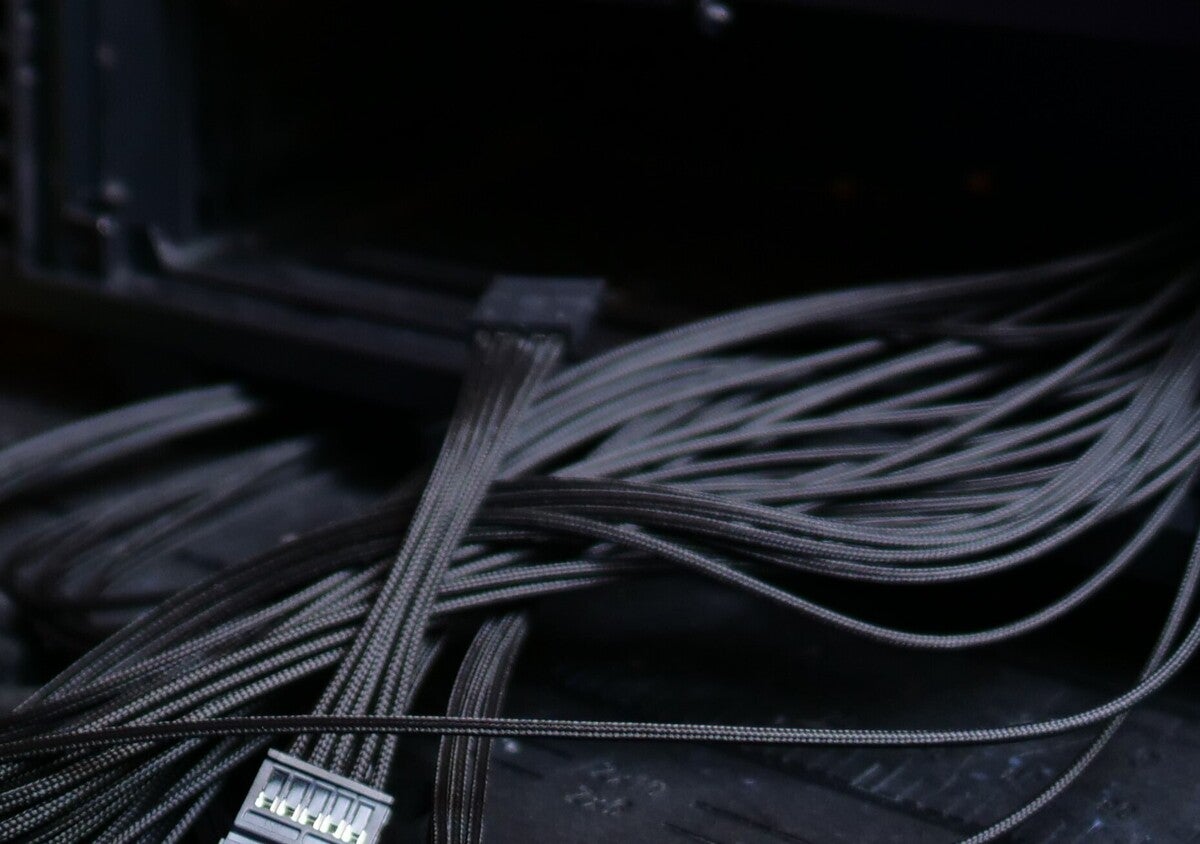 Thiago Trevisan/IDG
Thiago Trevisan/IDG MOLEX fan connectors are older and don't offer any controls for the fan, but they're elementary to connect.
One unalterable note: Route your fan (and other) cables using apposite cable management or more or less zip-ties. This will ensure that cables don't dispatch the fan as IT spins, causing a buzzing sound. Cables that come in contact with fans can also hold bac the fan completely, or worse, damage the cable.
Note: When you purchase something later on clicking links in our articles, we may bring in a inferior committee. Read our affiliate link policy for more details.
How to Run a Computer Fan to a Power Switch and Then to a Wall Plug
Source: https://www.pcworld.com/article/440443/how-to-install-or-replace-a-case-fan.html